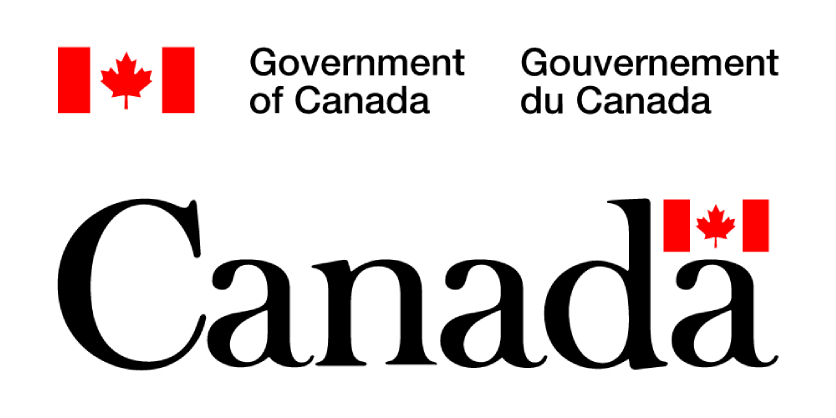$5.4M to Strengthen Canada’s Climate Resilience Through Space Science and Innovation
October 24, 2025

Extreme weather events are becoming more frequent and severe. Heatwaves, floods, wildfires, and hurricanes are affecting lives, economies, and ecosystems around the world. Canadians need reliable environmental data to adapt and plan for these changing conditions, especially in the Arctic. Satellites provide unique insights that are vital to this effort.
The Honourable Mélanie Joly, Minister of Industry and Minister responsible for Canada Economic Development for Quebec Regions, announced on October 23 the granting of two contracts totalling over $5.4 million for the High-altitude Aerosols, Water vapour and Clouds (HAWC) mission. This funding, awarded to Quebec-based ABB Inc. and Honeywell’s operations in Canada, will advance concepts and critical technologies for the Thin Ice Clouds and Far InfraRed Emissions (TICFIRE) instrument, an integral component of the HAWC satellite mission. It will also support the development of comprehensive system designs and detailed cost assessments.
Set to orbit above the Arctic, HAWC is expected to offer unmatched insights into the characteristics of the atmosphere. It will deliver data on polar atmospheric conditions and their influence on Canada’s weather and climate. This will improve forecasts and help communities in the North and across the country adapt to changing conditions.
Over the course of its lifetime, HAWC will strengthen Canada’s space sector by creating 160 high-paying jobs and giving researchers, engineers, and students opportunities to innovate and contribute to a mission with both national and international scientific value.
Quotes
“When we invest in Canada’s space sector, we are investing in science excellence and the next generation of talent. The HAWC mission brings together world-class innovators and industry leaders from across the country. Through cutting-edge research and technology, Canada continues to position itself as a global leader in space innovation by investing in the knowledge and tools to protect our environment, strengthen our armed forces, and create high-paying jobs.”
– The Honourable Mélanie Joly, Minister of Industry and Minister responsible for Canada Economic Development for Quebec Regions
Quick facts
- HAWC is intended to contribute to the potential NASA-led international Atmosphere Observing System (AOS) mission, targeted for launch in 2031 at the earliest.
- Led scientifically by the Université du Québec à Montréal (UQAM), TICFIRE aims to measure thin ice clouds and far-infrared heat radiation from space, two important factors in understanding how heat escapes from Earth.
- HAWC is aligned with the Government of Canada’s Resourceful, Resilient, Ready: Canada’s Strategy for Satellite Earth Observation by generating solutions for climate change mitigation and adaptation, and measuring key environmental indicators. Moreover, it will strengthen Canada’s ability to face environmental change and extreme weather events.
- The mission brings together 14 Canadian universities , Environment and Climate Change Canada, the National Research Council Canada, and Canadian industry, highlighting the country’s strength in atmospheric science and space technology.
- HAWC will support future talent and science initiatives through combined funding from the CSA and the Natural Sciences and Engineering Research Council of Canada.
Related Story
ABB Secures Canadian Space Agency Contract to Develop Climate Instrument
ABB has been awarded a contract by the Canadian Space Agency to carry out the conceptual development (Phase A) of the Thin Ice Clouds and Far InfraRed Emissions (TICFIRE) instrument. TICFIRE is an integral component of the High-altitude Aerosols, Water Vapour and Clouds (HAWC) satellite mission – a Canadian-led initiative focused on advancing climate science and environmental monitoring. In addition, ABB will support further technology development activities to be defined over the course of the project. Through its role in the initiative, ABB is helping to refine global climate monitoring capabilities.

